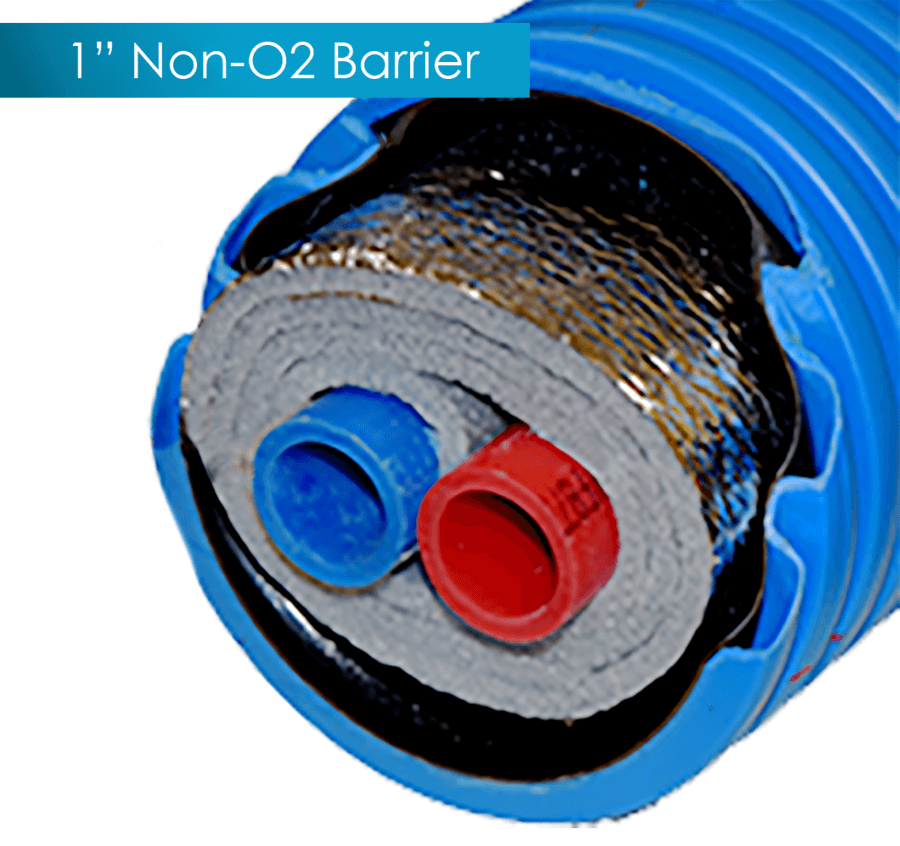
When deciding on what type of pipe insulation to use, you’ll need to know what sort of pipes the insulation is best suited for. Insulated pex pipe is ideal for pipes that serve any indoor or outdoor areas, such as in basements, crawl spaces, bathrooms, and kitchen areas.
What is an Insulated PEX Pipe?
Insulated PEX pipe is a type of plastic pipe that is used to supply water and heating. The material acts as insulation, taking up room in the pipe so that not all of the heat passes through. They are only available in certain locations owing to their cost effectiveness and require specialized installation.
How does PEX work?
PEX is a polymer used for increasing water-tightness of the dry pipe and reducing water loss. PEX is a hot water pipe that has all the insulation removed by an installer. It is specially designed to withstand extremely high temperatures and conditions: it can hold up to 400 degrees Fahrenheit and can be submerged in ice water with no harm. The PEX pipes keep water at a constant temperature, which decreases the amount of energy use for heating or cooling.
How do I install it?

Installing an insulated PEX plumbing system for a house is a relatively minor task. You should be completed in about 20 minutes, and as long as your only dealing with 50 feet or less of pipe then you’ll likely want to spend the money on an electrical cordless drill. There are two ways to get to the PEX pipe installation. The first way is a short, but time consuming route. This is an ideal option for those who don’t have the time to invest in plumbing fixtures or that don’t want DIY installation headaches. Another route is just a little effort and a lot less time. This is ideal for those with raised planks or stucco ceilings and are installing in their basement
Benefits of a PEX pipe installation
The advantages of installing PEX instead of copper or steel pipes include the fact that it is easier to work with, since the installation work and mobilization (unloading, converting, changing the aluminum foil in contact with soil) is done in 10 seconds. This way, one does not encounter scaling or root damage when digging for the new pipe. Pros related with PEX installations include its temperature resistance to 100°C/212°F and its ability to transmit water irrespective of capacity without pressure losses.
Also read Top Tips For Replacing A Flush Valve Seal.
What is the best pex pipe insulation for my application?
There are a number of combinations for insulation on PEX pipe. Some are effective for specific temperature ranges, especially if you know how cold or hot your environment is likely to be and/or are worried about condensation occurring when working in colder and/or hotter conditions. If you have a general idea of what the temperature differences will be between various parts of the system, then one that’s designed particularly for it can work well.
Conclusion
PEX pipe can be installed by sawing it to the desired length and running a bead of PVC cement along each side. It can be phased with other fittings to get the seamless, leak-free supply lines that take advantage of the flex within the PEX tubing.





